Reviewed by Julianne Ngirngir
Another day, another AirPods Max discount—but this time, Amazon's $449.99 price tag feels different. When Apple introduced AirPods Max in December 2020 at $549, they broke new ground as the first brand to position wireless headphones at such a premium price point. Nearly four years later, that bold pricing experiment is showing its limits. The USB-C models released in September 2024 feature fresh colors but retail for the same $549, while the market has consistently pushed back through discounts.
Here's what makes this Amazon discount genuinely significant: it's not just another sale—it's the market revealing what these headphones are actually worth. At $449, we're finally seeing AirPods Max positioned where luxury meets accessibility, and the timing couldn't be better for anyone who's been waiting for Apple's premium audio play to make financial sense.
What you need to know:
• Market reality check: AirPods Max are almost always discounted down to $499 or less, suggesting $449 represents true market value • Competitive context: Sony raised XM5 pricing to $399, making the gap between flagship models much smaller than originally intended
• Long-term positioning: With no major updates expected until 2027, this discount window represents your best opportunity for years • Feature parity reality: Despite premium pricing, AirPods Max still run the outdated H1 chip from 2019 rather than the H2 found in newer AirPods • Ecosystem integration: The magic happens when paired with other Apple devices—spatial audio, seamless switching, and call quality that Sony can't match
What $449 gets you (and what it doesn't)
At this price point, Amazon has all five colors available—Silver, Space Gray, Sky Blue, Green, and Pink. The technical foundation remains impressive: those 40mm drivers maintain less than one percent total harmonic distortion across the entire audible range, delivering the 8.6 out of 10 sound quality rating that justifies their premium positioning.
The real-world experience tells a more nuanced story. That 20-hour battery life with noise cancellation and spatial audio enabled translates to legitimate all-day usage for most people—no mid-flight battery anxiety. The USB-C charging delivers 1.5 hours of playback from just five minutes when you're caught short.
Here's where the luxury positioning shows its trade-offs: these headphones carry a substantial 385g weight—135g heavier than Sony's XM5s. After extended wear sessions, that difference becomes noticeable. The premium materials justify the heft from a build quality perspective, but comfort varies significantly based on head size and session length.
The ecosystem integration delivers genuine advantages that specs can't capture. Spatial audio works seamlessly across Apple devices, device switching happens automatically, and call quality consistently outperforms competitors. But you're still getting that H1 chip from 2019 rather than the H2 processor that powers newer AirPods features.
PRO TIP: Price tracking data shows the all-time low hit $429 in November 2021—making this $449 price the best deal we've seen in nearly three years.
How this stacks against the competition
The discount fundamentally changes the competitive equation. Sony's WH-1000XM5 launched at $399 but frequently drops to around $280, creating what initially seemed like a massive value gap. At $449, that spread narrows to roughly $170—still significant, but now you're comparing premium positioning against mass market efficiency rather than luxury against practicality.
Sony's advantages remain compelling for certain use cases. Those 30 hours of battery life and superior performance against constant noise like airplane engines make them the clear choice for frequent travelers. The 250g weight makes them genuinely comfortable for extended wear, and features like Bluetooth multipoint connection let them handle multiple devices simultaneously.
But AirPods Max excel in different scenarios. They're notably better at combating sporadic noises like loud conversations—the kind of interruptions that actually matter in office environments or coffee shops. The call quality advantage becomes crucial for anyone taking regular video calls, and the seamless integration with Apple devices eliminates the friction that makes competing headphones feel like technical exercises.
The sound quality comparison at $449 becomes more interesting. While Sony's 8.3 out of 10 rating after EQ adjustments gets close to AirPods Max's 8.6 out of 10, Apple's tuning works better out of the box for most listeners. The question becomes whether that 0.3-point difference is worth $170—and at the discounted price, that math starts making sense.
The timing tells a bigger story
This discount arrives against a backdrop of strategic realignment at Apple. Mark Gurman's reporting reveals that AirPods Max at $549 "aren't quite worth Apple's time"—they're not selling well enough to justify major development investment, but they're not failing badly enough to discontinue. That puts them in product purgatory, receiving minimal updates while Apple focuses resources on higher-volume categories.
The timing implications extend beyond Apple's internal priorities. Sony bumped XM5 pricing to $399, and the premium headphone market has essentially stagnated around these price points. Some industry speculation suggests Apple could position a second generation at $449, making this discount potentially a preview of permanent pricing rather than a temporary sale.
The development timeline adds urgency to current purchase decisions. Analyst Ming-Chi Kuo expects AirPods Max 2 won't enter mass production until 2027—meaning anyone waiting for major updates faces a potentially seven-year gap from the original 2020 launch. That's an eternity in consumer electronics, suggesting current buyers won't face immediate obsolescence anxiety.
For Apple ecosystem users, this extended timeline actually strengthens the purchase case. The current feature set—spatial audio, seamless device switching, excellent call quality—already delivers the core benefits that make AirPods Max attractive. The missing H2 chip represents a missed opportunity for additional features, but it doesn't diminish what's already there.
Your move: buy now or wait it out?
The $449 price point transforms AirPods Max from a luxury curiosity into a legitimate consideration for anyone serious about audio quality within Apple's ecosystem. The key question isn't whether they're objectively superior to Sony's offering—it's whether the specific advantages they provide align with your actual usage patterns and device preferences.
Here's the decision framework that matters: if you regularly take calls on headphones, frequently switch between Apple devices, and value out-of-the-box sound tuning over customization options, the ecosystem integration benefits justify the premium over Sony. If you prioritize maximum battery life, lighter weight, and broader device compatibility, Sony's XM5 remains the more practical choice even at smaller price differences.
The timing considerations cut both ways. Waiting until 2027 for major updates means missing years of use, but buying now means accepting that outdated H1 chip for the product's entire lifespan in your setup. At $449, that trade-off becomes more palatable—you're paying closer to what the current feature set actually delivers rather than subsidizing luxury positioning.
Let's be blunt: $549 always felt like Apple testing what the market would bear for premium wireless headphones. At $449, they feel like premium headphones priced appropriately for their capabilities and market position.
SHOP: Check Amazon for current availability across all five colors at the discounted $449.99 price point.




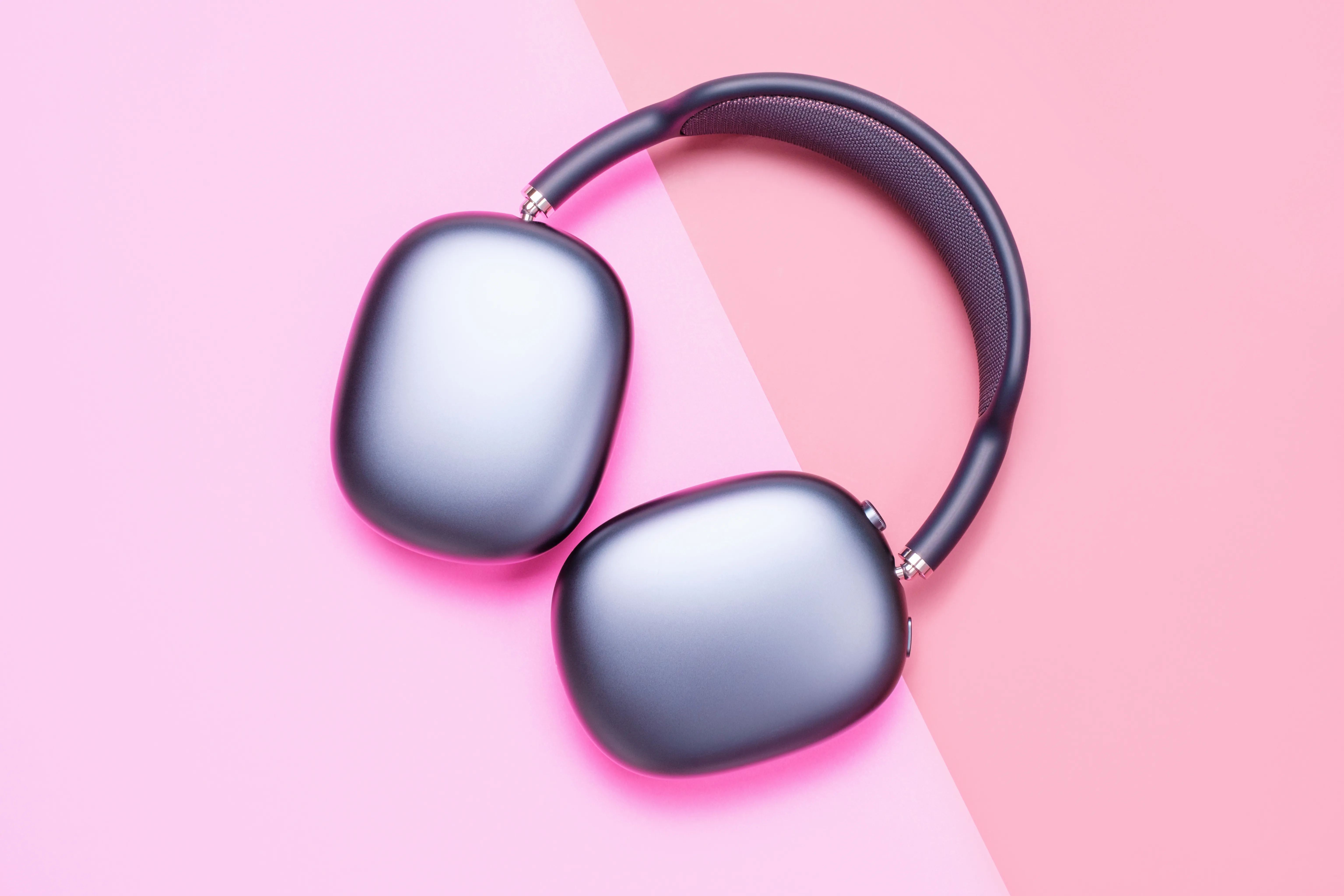
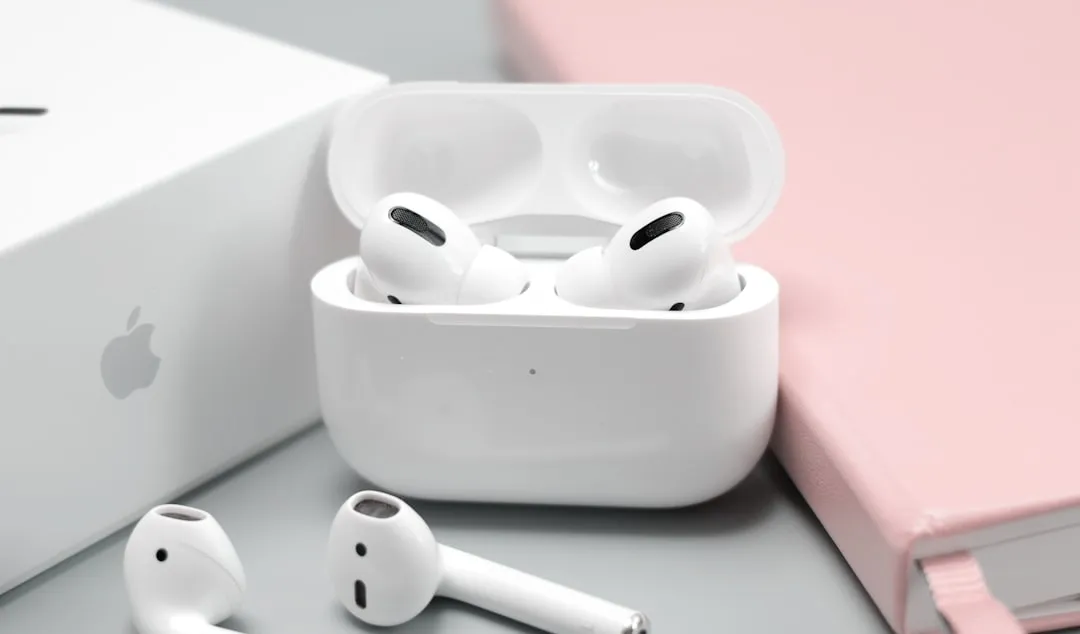
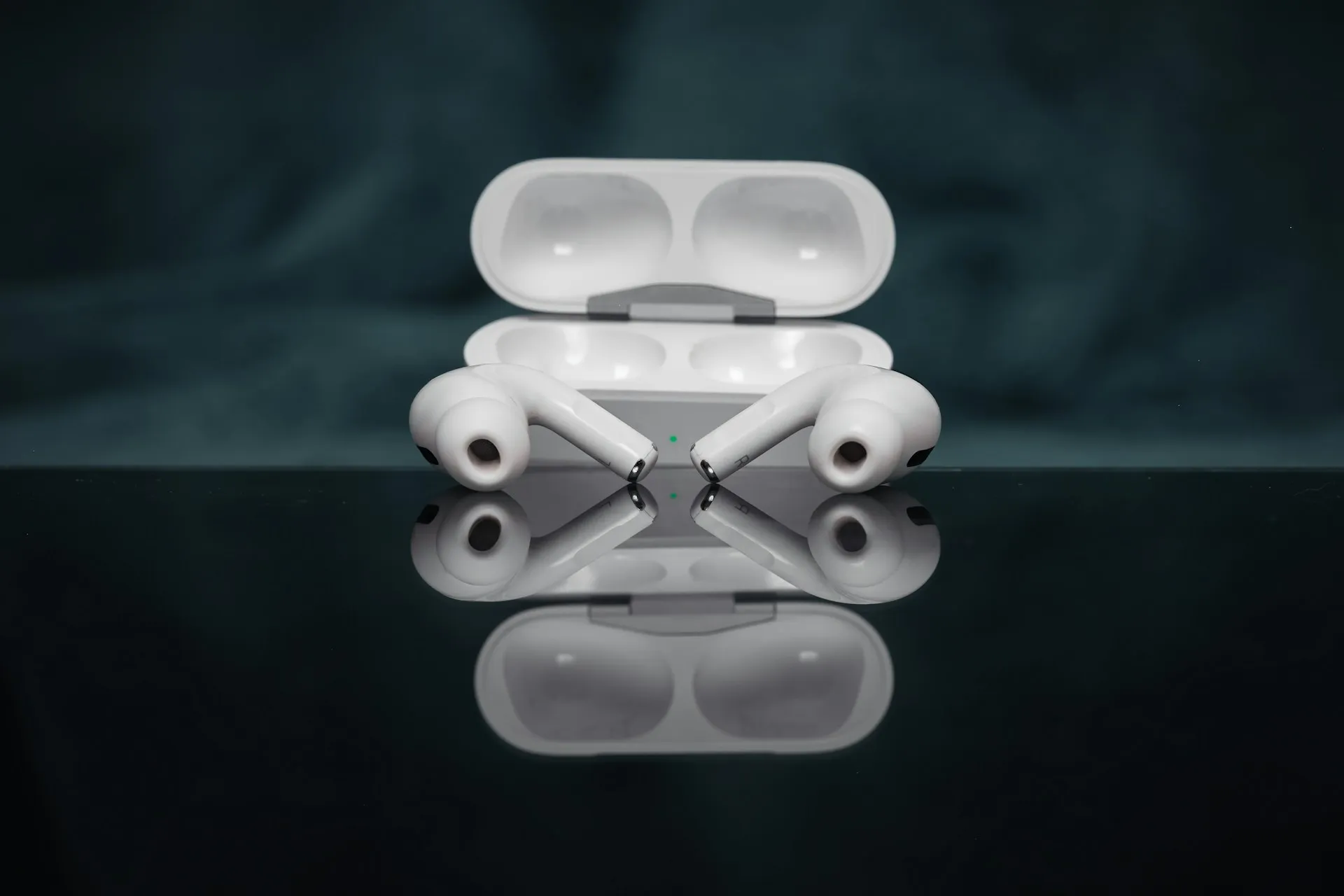

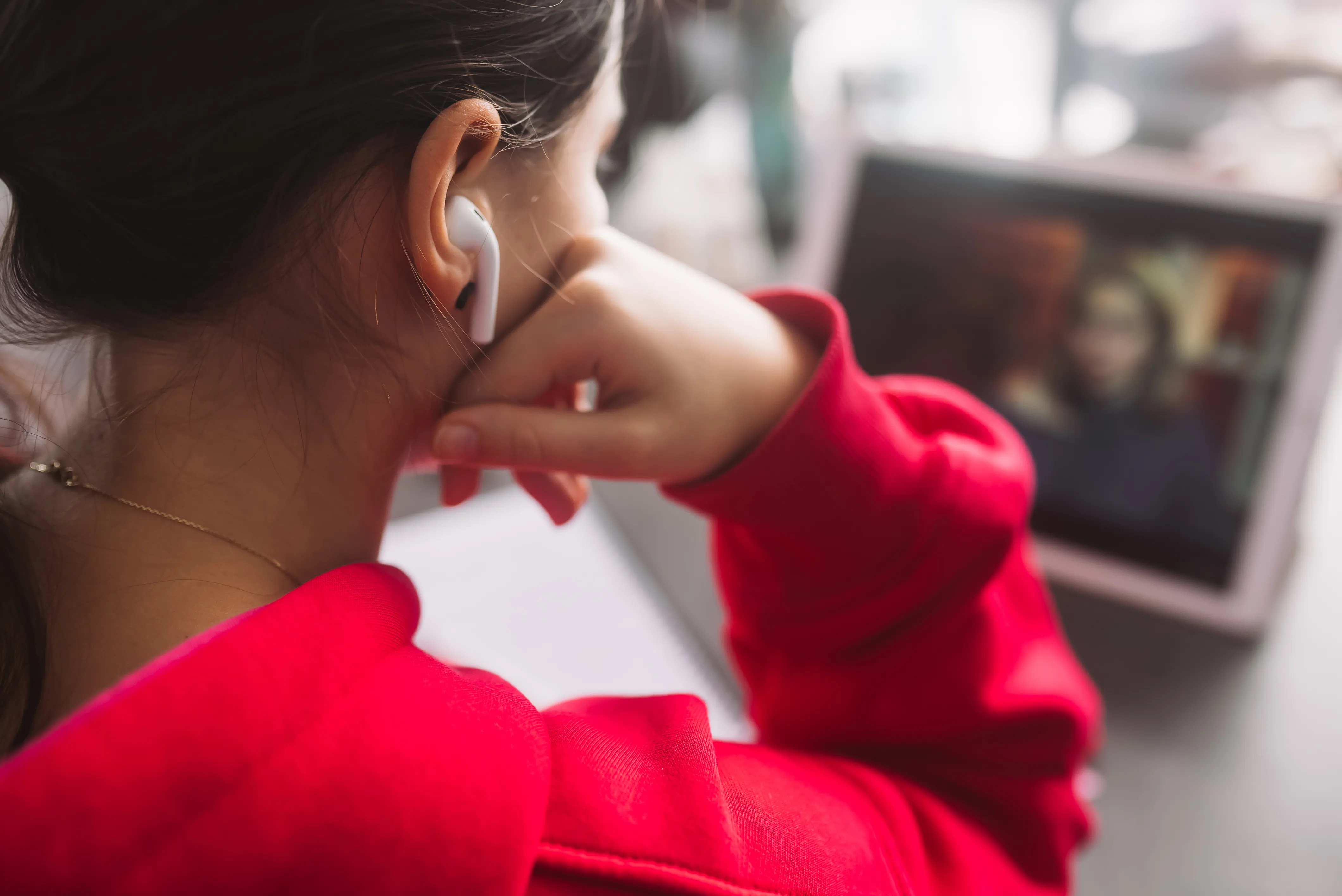
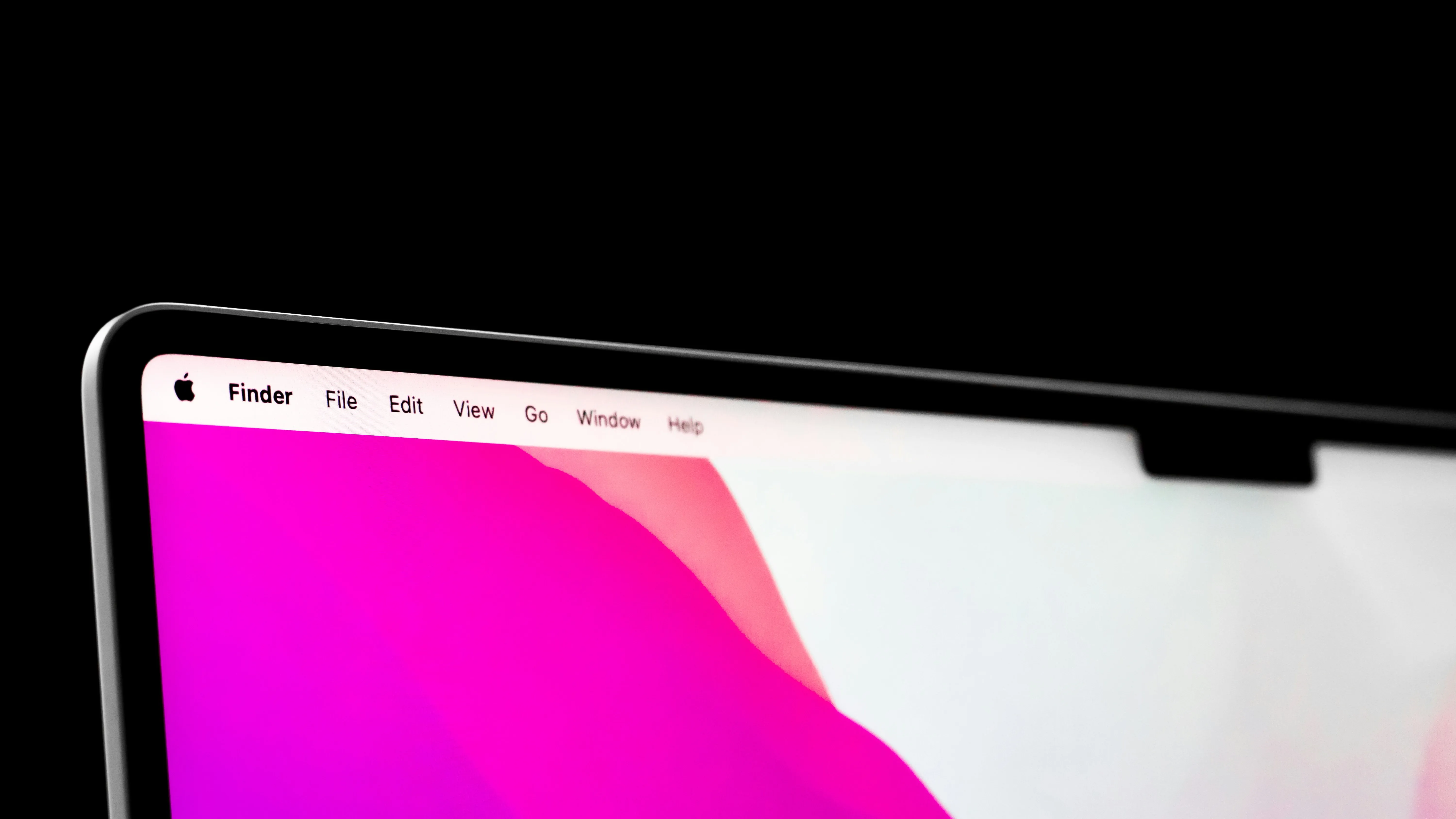
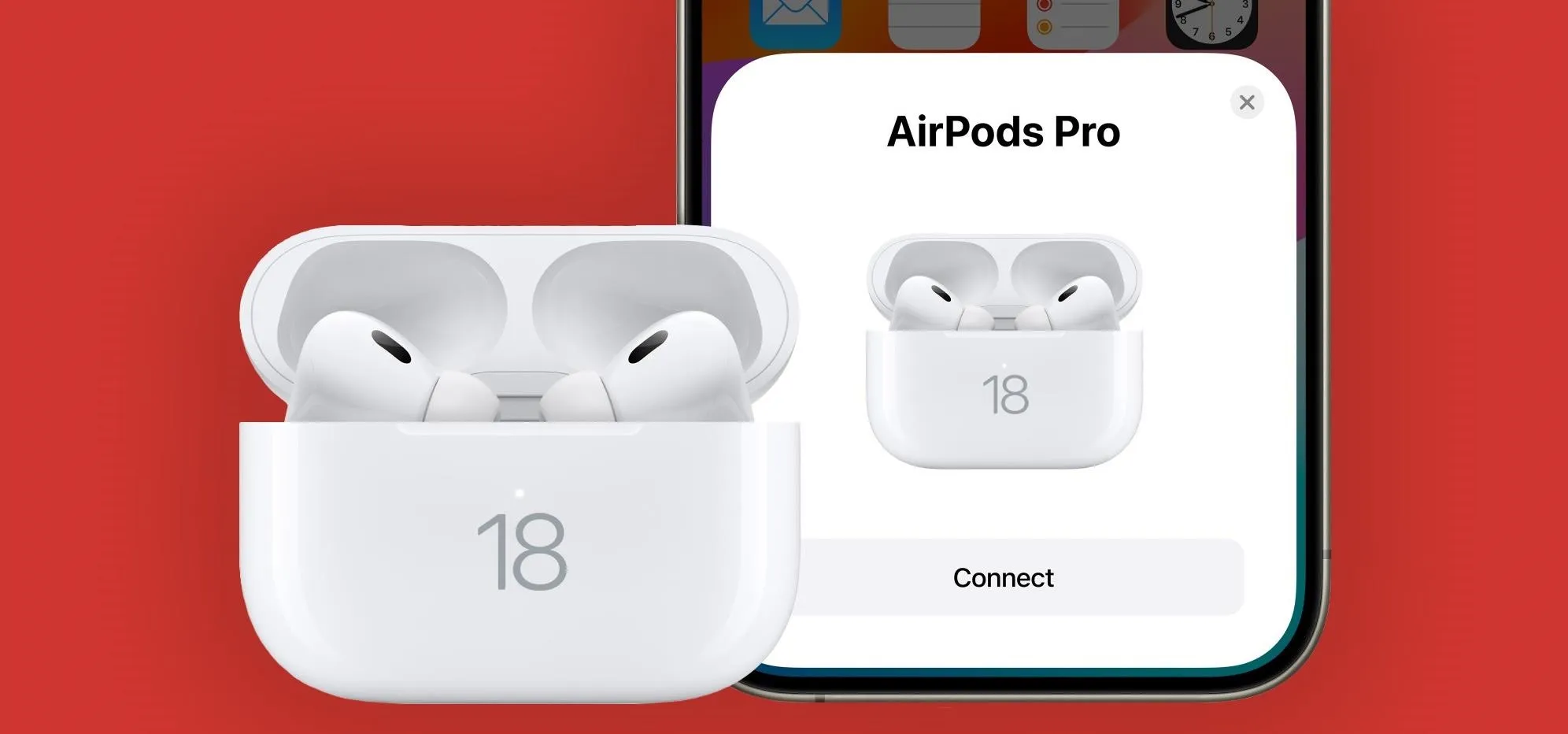
Comments
Be the first, drop a comment!